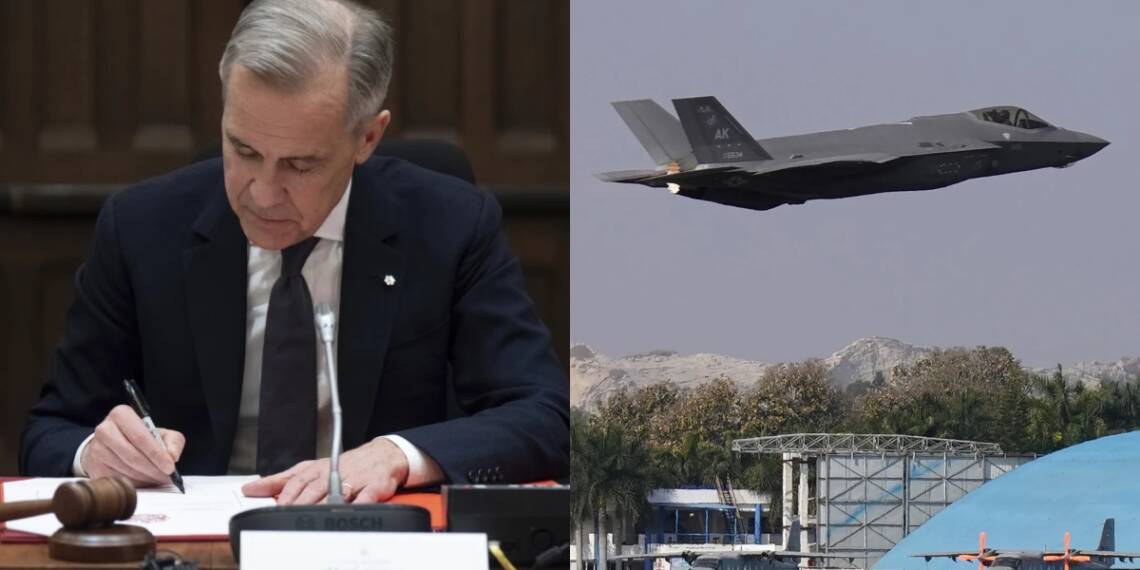In a stunning move Canada is now reassessing its $19 billion agreement to purchase 88 F-35 fighter jets from Lockheed Martin, citing escalating trade tensions and provocative remarks from former U.S. President Donald Trump. The review, initiated by newly sworn-in Prime Minister Mark Carney, aims to evaluate whether the deal remains in Canada’s best interests given the changing geopolitical landscape.
The U.S. administration’s recent actions have strained relations with Canada. President Trump imposed a 25% tariff on Canadian goods and suggested that Canada should become the 51st U.S. state, citing the high cost of defending the country. These developments have led Canada to explore alternative defense partnerships, particularly with European nations.
Canada Looks for Options
In response to these tensions, Canada is considering diversifying its defense procurement. Defense Minister Bill Blair has been tasked with reviewing the F-35 contract to determine the other available options. Canada is now exploring several European-made fighter jets as potential replacements for the F-35:
Saab Gripen: A cost-effective, multi-role fighter known for its agility and advanced avionics. Saab has proposed assembling these jets in Canada, which could facilitate technology transfer and local production.
Dassault Rafale: A versatile twin-engine fighter used by several countries, including France and India. The Rafale offers a range of capabilities, from air superiority to ground attack missions.
Eurofighter Typhoon: Developed by a consortium of European companies, this aircraft is renowned for its advanced radar systems and maneuverability. It is already in service with several NATO countries.
Meanwhile Lockheed Martin the primary contractor of the F 35 has expressed confidence in its partnership with Canada, emphasizing the F-35’s advanced capabilities and its role in allied defense strategies. However, the company acknowledged that the final decision rests with the Canadian government.
While Canada has not formally canceled the F-35 contract, the ongoing review reflects a significant shift in its defense policy. The outcome of this assessment could redefine Canada’s military alliances and procurement strategies in the coming years.
Carney diverges from the US
In response to U.S. trade policies, Canada is now seeking to diversify its defense and trade relationships. Discussions with European nations, including France and the United Kingdom, are underway to also explore joint defense initiatives and procurement opportunities. Additionally, Canada is enhancing its defense collaboration with Australia, focusing on its Arctic defense capabilities.
Canada’s reevaluation of its defense procurement strategy reflects a broader effort to assert greater autonomy in its defense and trade policies. While the transition to European-made fighter jets presents logistical and political challenges, it aligns with Canada’s goal of reducing dependency on U.S. defense systems and fostering stronger ties with European allies.








